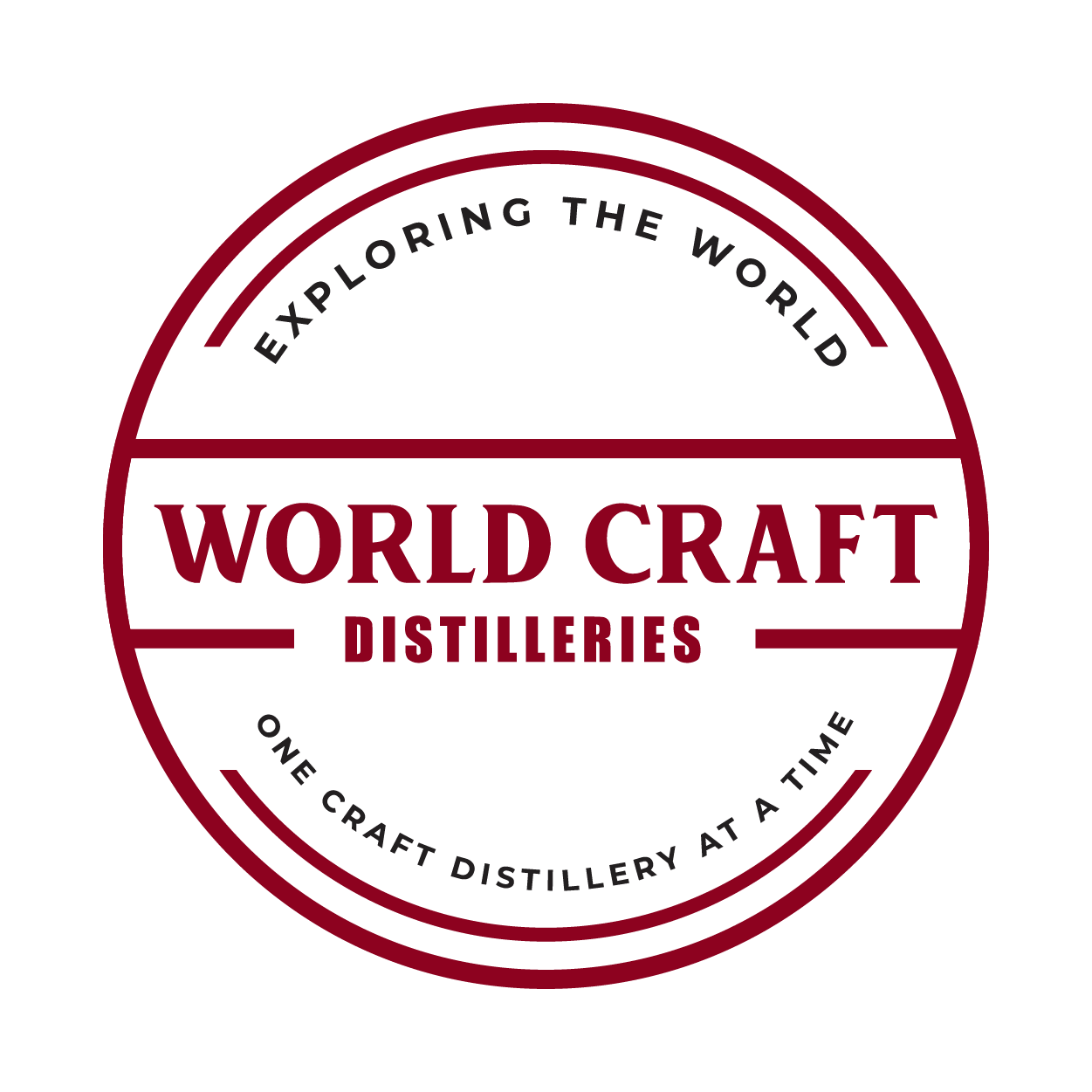Vacuum Distilling is Not for the Faint of Heart
You really couldn’t find a more fitting place to build a state-of-the-art distillery.
Picture driving out of a suburban town, past rolling vineyards and pastures to Meerendal, the 300-year old historic wine estate. Then picture yourself in what used to be the vineyard’s big old bottle store that now houses Durbanville Distillery, and what father and son Robert and Eugene Kleyn and Marketing director Rhys Lindstrom, tongue-in-cheek, call their “Spiritual Home.”
Six 1000-litre stainless steel fermenting tanks march across the floor, all hoses and pipes leading to Eve, their 1000-litre vacuum still, specially designed and built by Robert and Eugene. Packing cartons line the wall, proclaiming on big, bold labels, the distillery’s products – gin, vodka and rum.
One corner is equipped with bottling and labeling equipment; a television monitor scrolls through a loop of images, showing the distilling process during a recent photo shoot; and unobtrusively in the middle of it all, the computerized system continually monitors all the tanks and still.
Although they only moved into the facility a few months ago, production is well under way.
The Adventure Begins
For engineers Robert and Eugene, the adventure began four years ago, when they joined forces to start their own engineering firm. For Robert, “Retirement has been canceled,” he said. Using their oil industry engineering experience, they made the decision to create the distillery, utilizing vacuum technology, common in the oil industry, but relatively rare in the spirits business.
Technically a difficult process, Rhys claims that they found the most difficult way to distill and then did it that way! “It sounded like a good idea,” Eugene laughed. It took more than six months to get to the point where they were able to replicate the results.
This cold distilling process is slower and costlier, and the benefits weren’t clear at the beginning. It was only after a couple of batches that they could taste and smell the benefits. The most noticeable though, was how smooth, how soft the new spirits are, almost as if they have been aged.
“Vacuum distilling turns traditional maturation of products on its head,” claims Rhys. “It can potentially accelerate maturation by using the vacuum,” in what he called “flash maturation,” a term he coined on the spot, much to his amusement!
Vacuum distilling also tends to pick up the lighter notes in the botanicals and doesn’t change the flavors as the temperatures during distilling are kept low.
As Eugene explains, “Boil a kettle at sea level, it boils at 100°C. Go up an altitude, the water boils at a lower temperature. So if you extrapolate that theory, and you go up 25km up into the air, you will roughly be where our still is. Which is in the stratosphere!”
“Some guys dubbed our rum, Space Rum.”
Water boils at around 30-31°C at that pressure and alcohol around 17°C, whereas at sea level water boils at 100°C and alcohol at 78°C, a substantial difference.
Grain (and molasses) to Bottle
To maintain complete control, Durbanville Distillery uses locally-grown wheat for both the vodka and gin, and molasses and sugar for the rum. This allows them to distill and control their own neutral spirits. “We know the demand for craft spirits is growing,” Rhys said, “and we don’t want to be in a situation where we have to buy alcohol that we can’t control the quality of.”
Because vacuum distilling is so technical and generally difficult, the entire process is computerized, using a custom program designed by Eugene. “You can’t run a vacuum distillery manually,” he said. There are numerous factors that must be constantly regulated and that are finicky and tricky.
“It’s still a work in progress,” he claims. “The first batches were vile! And google had no answers.” It took months to get to a point where the fine tuning has created spirits they are happy with and which can consistently be replicated.
The Gin
As many of the botanicals and ingredients in the gin as possible are fresh, including the lemon and lime peels, which they peel by hand.
After the first distillation, what the team dubbed a “tea bag” of the fresh botanicals is dropped into the same wheat-based spirits used in the Vodka, where the second vacuum distilling literally pulls the oils out of them. “The lemon peel comes out looking like old, white leather,” Rhys noted.
“This is technically a London Dry Gin,” Eugene explains, “but we just call it Gin.”
Rum
Distilled from molasses and sugar, Eugene calls Durbanville Distillery Rum, a clinical rum, rather than a bacteria-rich rum, which is the kind usually produced in traditional Jamaica-style rum. These are usually produced from the dunder, which has fermented in an open pit and then a portion reintroduced into the fermentation tanks.
Because of the cold distilling method, the rum is exceptionally light and smooth. It is not aged, but once again, the vacuum distillation has created a very smooth spirit that lends itself to drinking on the rocks or at the most, a splash of soda and a squeeze of fresh lime.
Durbanville Distillery is a wonderful example of engineering, creativity and art coming together and where Robert, Eugene and Rhys can actually taste the rewards.
“Five o’clock comes around, we close the doors and that’s when we experiment!”
Durbanville Distillery
Vissershok Road,
Durbanville,
Cape Town, 7550
Phone: 083 270 7077






